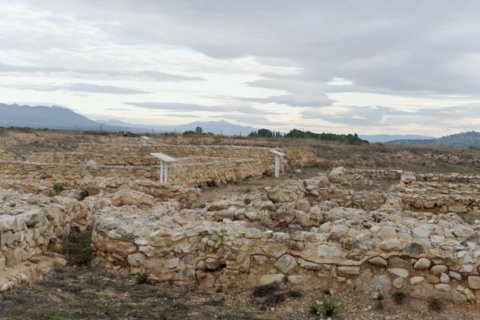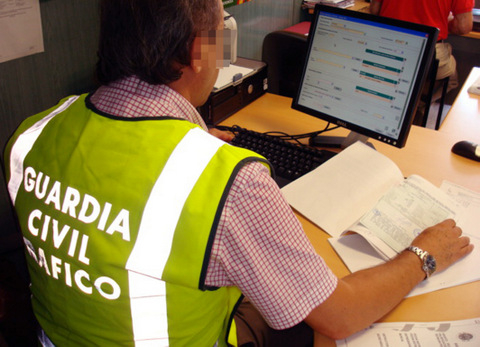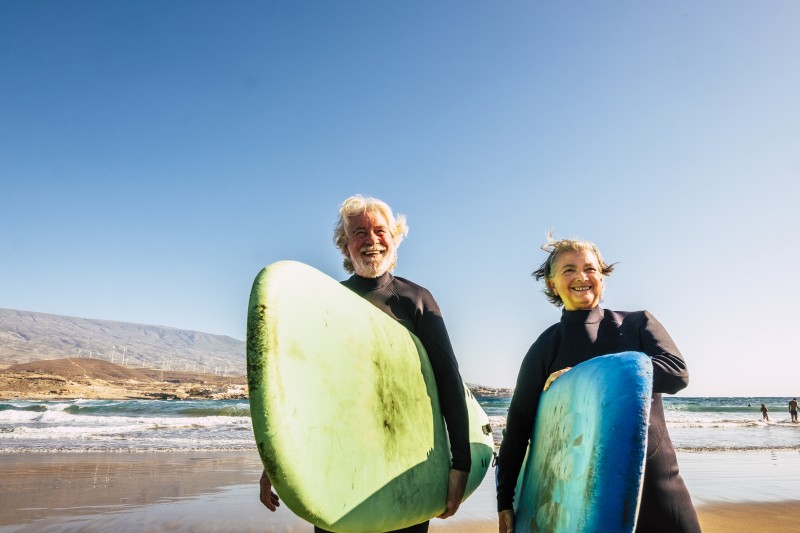article_detail
The Villa Vieja in Calasparra
Yacimiento Musulmán de Villa Vieja, Calasparra
La Villa Vieja ("old town") is the location of the first true settlement of the town which is now Calasparra.
It was inhabited during the occupation of the area by the Moors and was probably a farming community or "alquería", which reached its peak in the 12th and 13th centuries. It is strategically located on a small hill next to the River Segura, about 6 kilometres north of the town of Calasparra and very close to the Sanctuary of La Esperanza.
The Moorish occupation of Murcia
Although this area had been inhabited throughout pre-history (see History of Calasparra), this first real settlement of any size dates to the era when Spain was occupied by the Moors, who had invaded southern Spain in 713 AD. Their spread across the southern part of the Iberian Peninsula was gradual and they sub-divided the area into kingdoms, each with its own governor.
Murcia came under the district of Tudmir and was controlled from Lorca. It is unclear when the Moors first built a settlement in Calasparra as there is no documented reference, but this was certainly a substantial farming community by the 12th century.
In the 11th century, the Christian forces of the Kingdom of Castile began a process to reconquer Spain and defeat the Moorish rulers (the Reconquista). Slowly they gained land and by 1086 had taken Aledo, in the Sierra Espuña, from which they carried out raids deeper into the area, harassing and raiding settlements such as this one. They lost the castle of Aledo to the Moors in 1092 but as the years went by the Castilian forces slowly gained in power, and in 1243 the Treaty of Alcaraz effctively surrendered the area to Castilian rule.
Although the treaty promised to respect the rights of the incumbent Moorish population, the reality of their treatment provoked an uprising in 1264, which was crushed in 1266. Many Moors were expelled from Castilian territory.
At some point during this process, Villa Vieja was abandoned. In 1289 the land was given to the Christian military Order of San Juan and a new town was built in the current location of Calasparra.
A fortified settlement
This location was chosen for its proximity to water and agricultural land, as well as its defensive position, and was probably built during an era of relative peace for the Moorish farmers who inhabited the area. The site has steep slopes on the northern side, removing the necessity to build defensive walls, and in the rest of the village the walls of the houses themselves closed the village off to the outside world. Protective towers and bulwarks were built only in the areas next to the main gate and the path which provided access, and at the western edge of the settlement a shallow ditch was dug into the soil as an additional defensive measure.
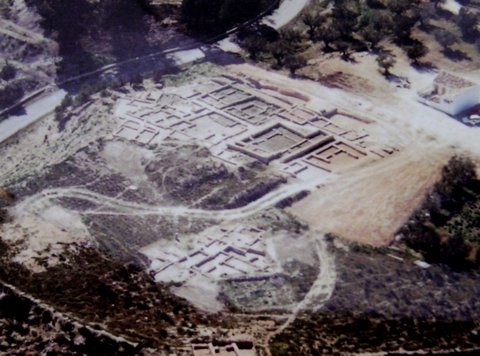 The western wall of the village reached a maximum thickness of about a metre and was supported by two perpendicular buttresses crossing the ditch. In the rectangular space between these buttresses, the wall and the western edge of the ditch, the remains of wooden stakes have been found: these probably constituted a kind of protective fence.
The western wall of the village reached a maximum thickness of about a metre and was supported by two perpendicular buttresses crossing the ditch. In the rectangular space between these buttresses, the wall and the western edge of the ditch, the remains of wooden stakes have been found: these probably constituted a kind of protective fence.
In all probability this space would also have included some sort of simple tower, from which access to the settlement could be controlled.
Slightly to the east of this structure there was another small tower measuring 2.85 metres by 2.28 metres. Built from irregular stones and gypsum, the remains of its primitive walls can still be seen on top of the robust base. Given that the foundations are sunk to a depth of three metres below street level, it is reasonable to suppose that the tower itself rose to a height significantly greater than this.
On the southern slope of the hill the settlement was organised into a small network of alleys onto which the walls of the houses backed. The houses were in small blocks consisting of just one or two homes. Three alleyways joined a main thoroughfare which ran from east to west and started at the main gate of the settlement.
There was no specific type of road surface, with the area near the doors to houses or other buildings being adjusted in such a way as to avoid damage from rainwater: in some cases the walls were made of compacted mud.
Typical houses in Villa Vieja were modest, similar to those found in Castillejo de los Guajares (Granada), Siyasa (Cieza) and the Moorish homes in the Region of Valencia. The most common design at this site is an L-shaped, square or rectangular structure, with a patio to the side and two rectangular rooms facing out onto this open space. Other houses have more rooms, with three or four separate areas all looking into a central patio area in the fashion which is more typical in Andalucía.
One of the houses also has a stairway leading up to rooms on a second storey, and although this is the only such structure so far confirmed it is possible that other homes also had one. That they haven’t survived may be due to them being made from wood, as was the case in Castillejo de los Guajares.
There is insufficient information available to know for certain how the roofs of the buildings were built, but the fact that no tiles have been found may indicate that a perishable material was used.
Some semi-circular structures have been found, backing into the corners of the houses. It is not certain what these were for, but they may have been used as feeding troughs for animals.
One of the rooms typically found in the houses of Villa Vieja is the kitchen, even in the smallest dwellings. Most have a hearth dug into the floor and a rectangular stone bench: in some there is also a small larder in front of the hearth or elsewhere within the kitchen.
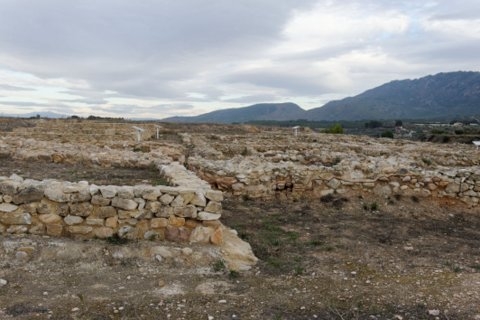 The hearth, although an essential part of the kitchen, also appears in other rooms in more than one of the houses, and even on the patio. Although there are various types, the most common design is a rectangular plaster construction with the corners rounded off: this has been found in most of the kitchens excavated so far.
The hearth, although an essential part of the kitchen, also appears in other rooms in more than one of the houses, and even on the patio. Although there are various types, the most common design is a rectangular plaster construction with the corners rounded off: this has been found in most of the kitchens excavated so far.
There is evidence to suggest that the site was inhabited for some time, as the presence of burials in the street indicates that the settlement experienced growth throughout its occupation.
There were likely to be other Moorish occupants in the surrounding area, testament of which is the construction of a fortified castle close to the castle in Calasparra itself. This structure appears to have lacked internal walling and structures, indicating that its role was purely one of protecting residents. It was built at the highest point in Calasparra, giving views of the surrounding countryside and a means of warning the farming population should danger approach.
The site boasts an interpretation centre which explains more about the structure of the houses and the way of life of its inhabitants.
article_detail
Contact Spanish News Today: Editorial 966 260 896 /
Office 968 018 268



